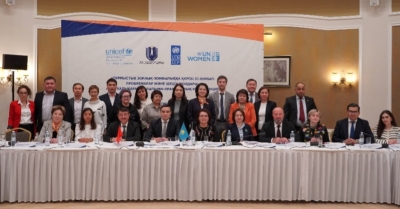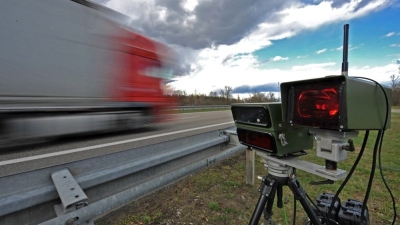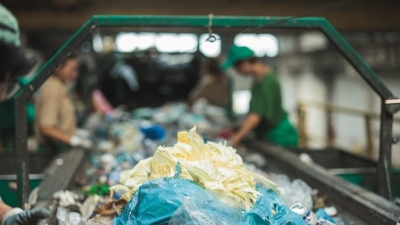ASELLE TASMAGAMBETOVA, FOUNDER OF CAIER, PROPOSES TO CREATE A TARGETED TRANSNATIONAL POLICY

The Center for Study and Recovery of the Caspian Seal, led by its creator Aselle Tasmagambatova, and the Norwegian Institute for Bioeconomic Research arranged one of the biggest foreign excursions in the Caspian Sea at the end of February.
The experts were also helped by Saudi Arabia's King Abdullah University of Science and Technology, which has been a collaborator of the Tasmagambetova Institute since 2022.
Experts from the United States, Norway, the United Kingdom, France, Saudi Arabia, and Kazakhstan embarked on a trip to gather as much information as possible about the Caspian seal, a vulnerable species mentioned in the Red Book.
Garbage, unlawful poaching, global warming, and illness all endanger these creatures
"On the ice, Caspian seals mate, give birth, nurse, and educate their pups." As a result, global warming, including the already recorded decline in water levels, will have a severe effect on the most important home for seals," says CAIER creator Aselle Tasmagambetova. The experts expect to lea a lot about how seals deal with climate shifts thanks to special instruments supplied by collaborators in Saudi Arabia for the trip. "This is very essential. We believe that oil, industrial and heavy metals, farming chemicals, nuclear refuse, sewerage, and domestic waste have poisoned the seal environment, and that up to 70% of this species' females are presently unable to breed. "The creatures may have to look for different homes in the future," Tasmagambetova adds. According to the environmentalist, approximately 70 seals have been healed since the seal recovery facility in Aktau, Kazakhstan started two years ago. "About half of them were apprehended by criminal networks, so this is another important issue that must be handled," Tasmagambetova says.
Dr. Tommy Nyman of the NIBIO Svanhovd Genetic Institute, who also joined in the trip, observes some parallels between the condition of seals in the Caspian Sea and seals in Lake Saimaa in Finland. "However, while the Caspian seal population is decreasing, the Saimaa seal population is slowly increasing, from 150 individuals in the 1980s to just over 400 people currently." "This is most likely owing to new fishing net limitations," says Tasmagambetova, a Norway activist.
As a result of the trip, scientists will have to examine a large quantity of data gathered about the Caspian Sea's creatures' environment as well as the illnesses and pathogens that animals are prone to. However, it is already obvious that all Caspian area nations must achieve reciprocal deals in order for everyone to work together to safeguard the Caspian Sea's ecosystem and aquatic life.
The Institute for Study and Restoration of the Caspian Seal, in particular, is prepared to serve as a coordinator in order to save vulnerable creatures.
"All evaluations, studies, and gathered material can be used to create a focused inteational strategy within the context of the Tehran Agreement intended at rectifying the present drop in the seal population," stated Aselel Tasmagambetova.



